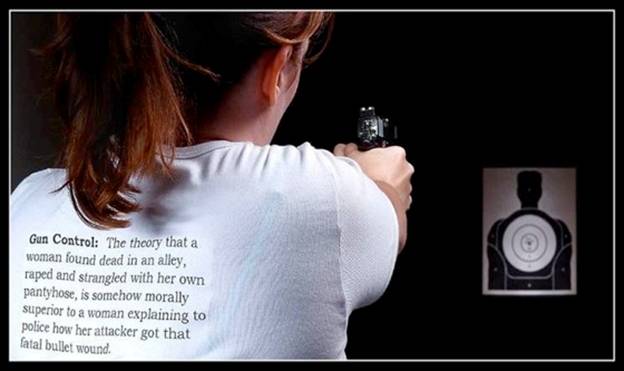Two of the most common types of long gun stocks are the pistol grip stock and the straight stock. The actual pistol grip portion is the downturned section just behind the trigger guard. Some pistol grips have a swell on one side designed to better fit the palm of your hand sometimes referred to as a rolled hammer swell. The lower end of the downturned pistol grip is the grip cap. A straight stock as you may have guessed has no downturned area behind the trigger guard. Some stocks have a gracefully crafted and curved lower edge; this is known as a fish belly stock.
A thumb hole stock has a hole in the stock at the rear of the pistol grip to allow your thumb to wrap around the pistol grip. Often these stocks are of a laminated design. Laminated stocks are made of layers of wood glued together to create a single piece. If the layers are of different colors, these will show dramatically as the wood is shaped into a completed stock.
Beginning at the front of the gun, the section in front of the receiver or action is the fore end. A thin fore end is referred to as a splinter fore end, while a particularly wide version with a virtually flat bottom is called a beaver tail fore end.
At the Top of the stock just behind the action is the comb. This is the area where the thumb would go to activate safeties or levers, or to pull back hammers and such. Some combs have carved inlets for comfort. These molded areas are referred to as comb flutes.
The upper rear extremity of the stock is called the heel. The lower rearward extremity is the toe. The butt plate or recoil pad runs the length from heel to toe.
A cheek piece is a protrusion typically on the left side of the stock intended to give a solid cheek weld. American cheek pieces tend to be on the larger side when compared to many European models. A rollover cheek piece actually extends over the comb of the stock and ends on the right side of a right handed stock.
If the top rearward section of the stock has a carved area a few inches in length ending at the heel, the notch area is called a Monte Carlo.
A stock may have cast on or cast off. Cast off is when the centerline of the stock is to the right of the center line of the barrel from a shooter’s position. Cast on then would be a stock whose centerline is to the left of the barrel centerline as viewed from the shooter’s position.
A stock may also have either toe in or toe out. Toe in is when the toe of the stock is wider to the left side of the stock as viewed from the shooter’s position. This allows the gun to be tucked deeper into the shoulder more for stability. Toe out may be desirable in some instances such as a female shooter or a particularly large shooter so the recoil won’t pinch sensitive areas of the body.
Pitch refers to the angle that the gun tilts when rested on its butt plate or recoil pad. Pitch away is generally preferred by larger shooters. This is when the gun leans toward its bottom when rested on the butt plate. Many mass produced guns are simply neutral meaning that the gun would be square when rested on its butt plate.
Length of pull is measured from the center of the recoil pad to the center of the trigger. It can be adjusted by a qualified gunsmith by either modifying the stock or replacing and refitting a new recoil pad.





